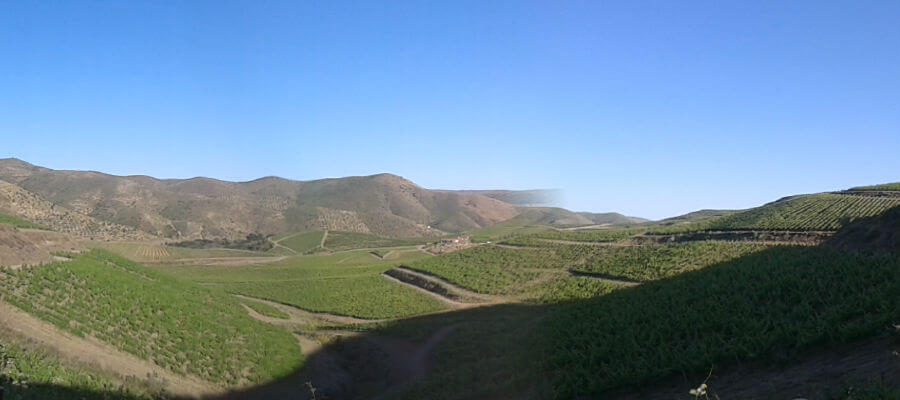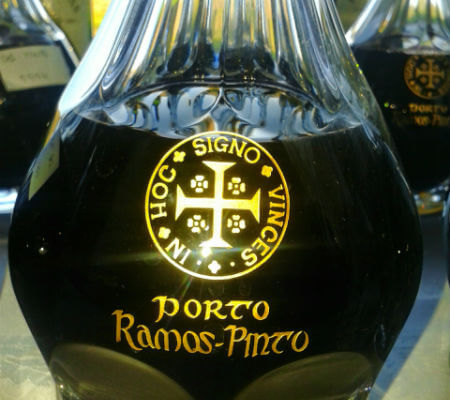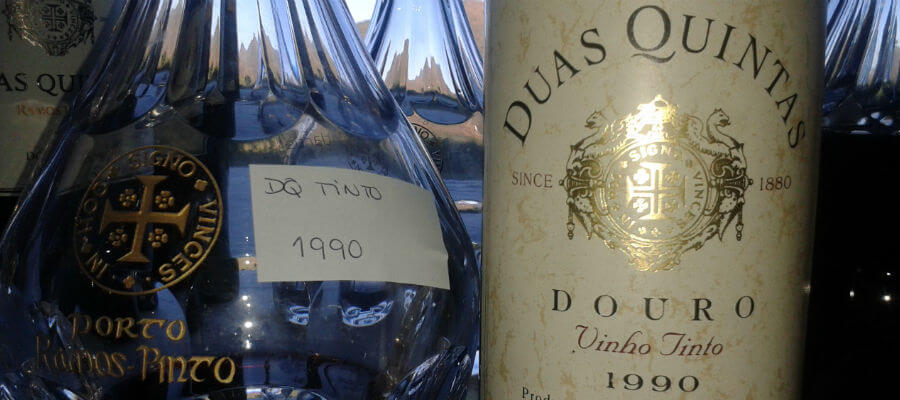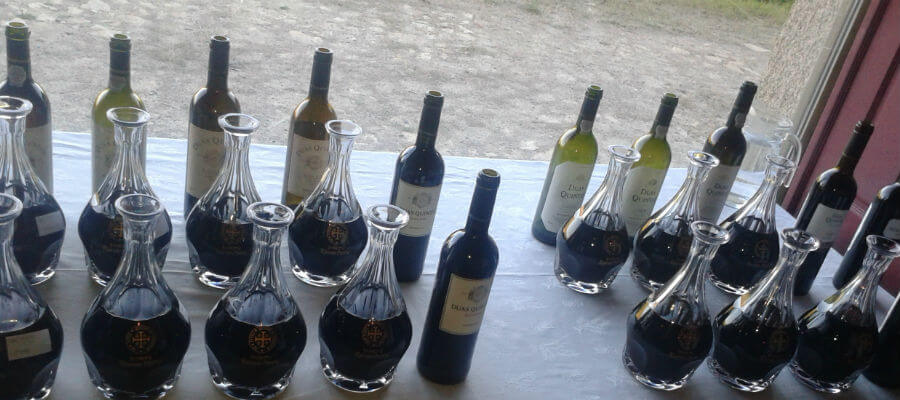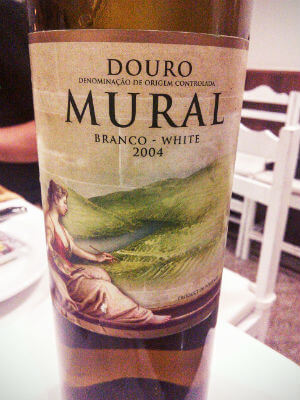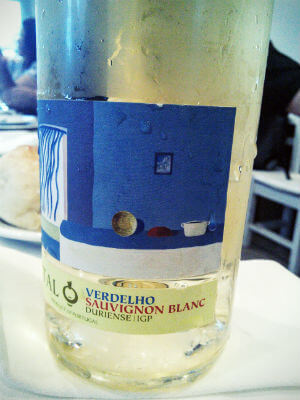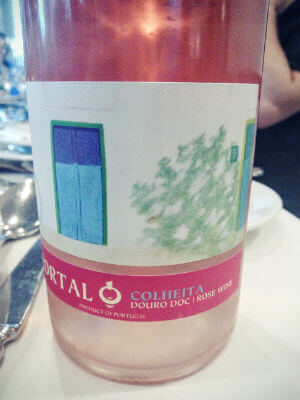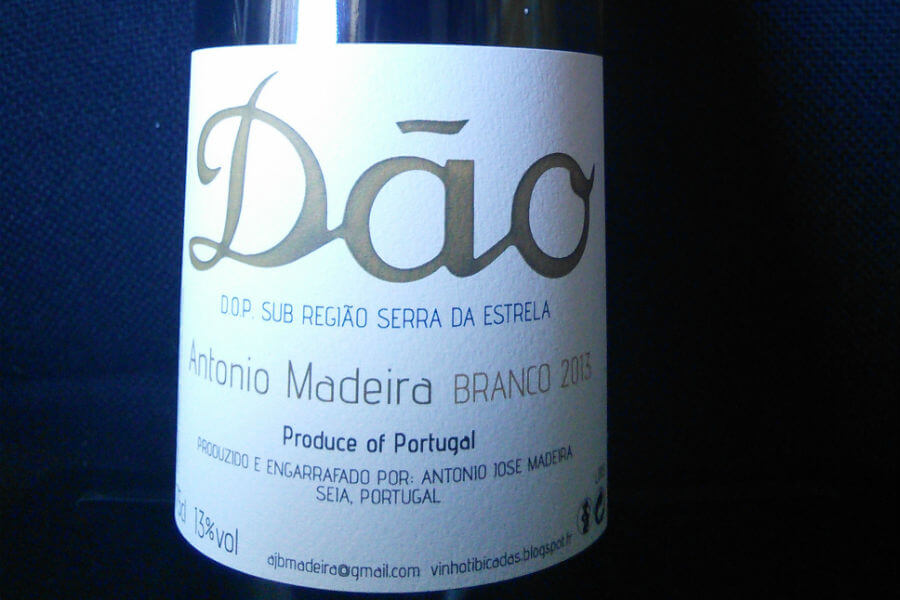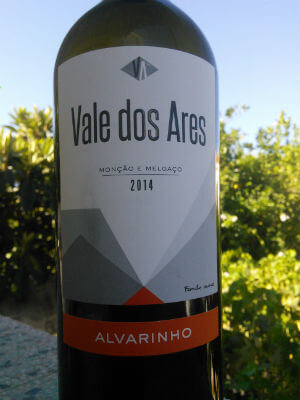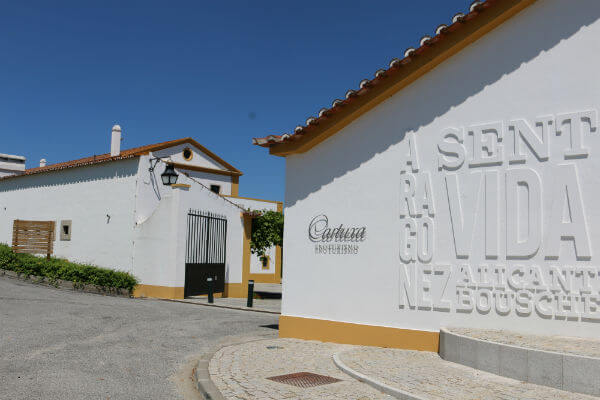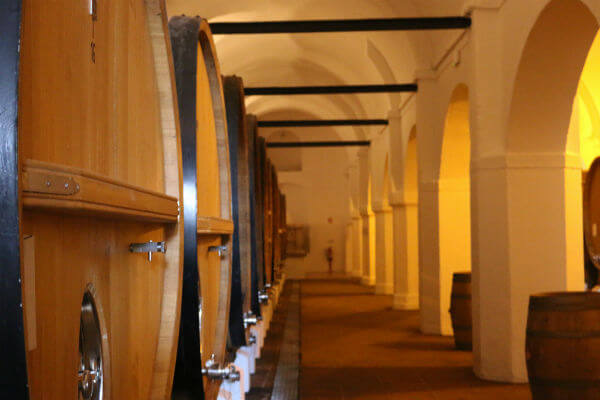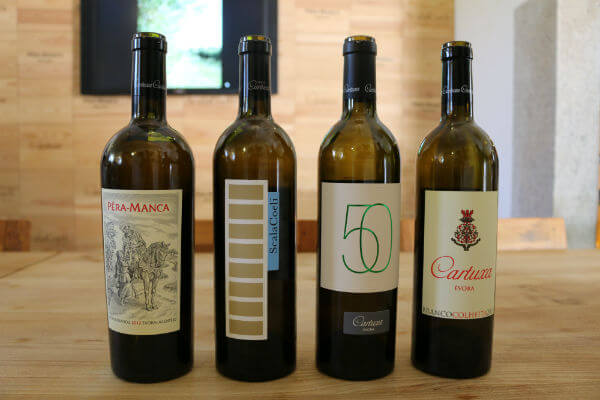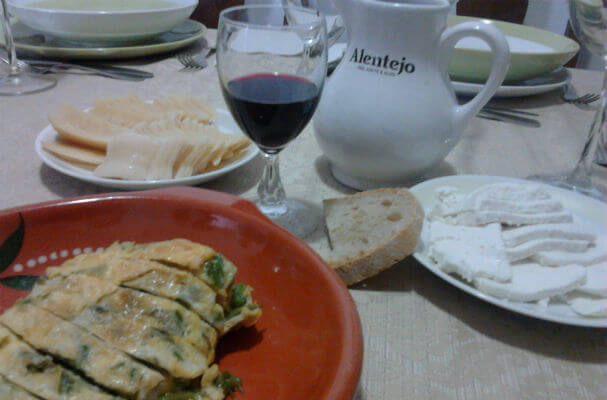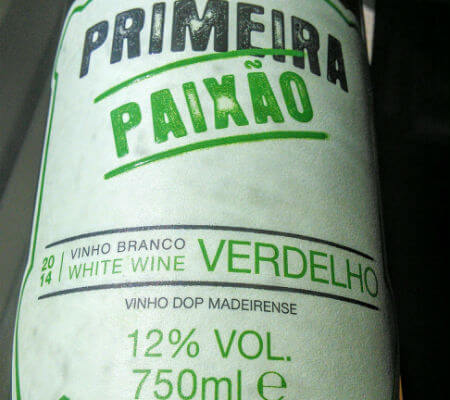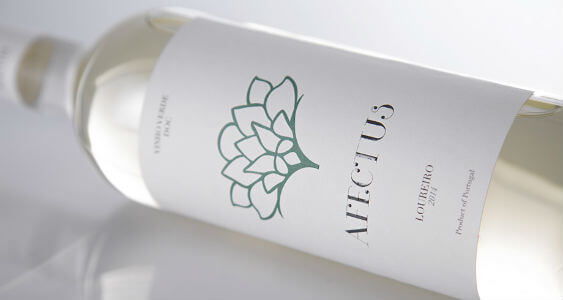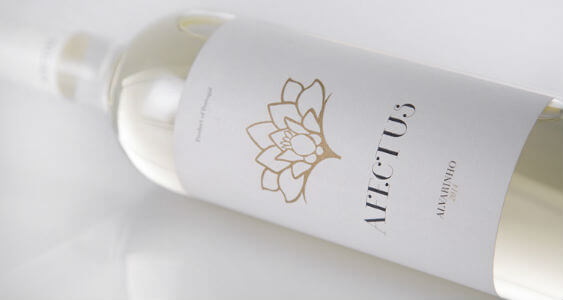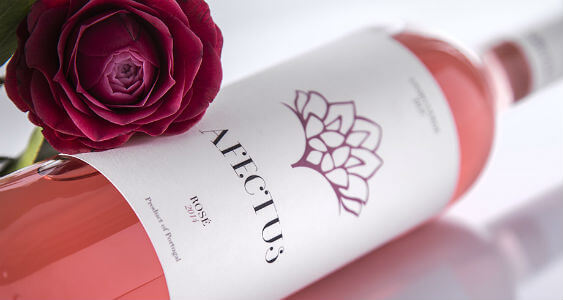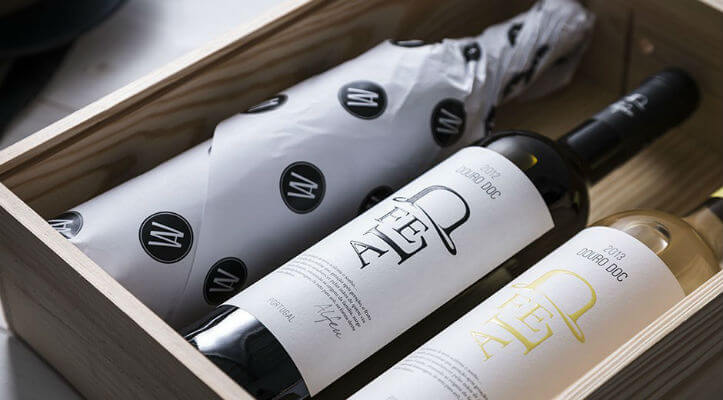Quinta do Cardo, Organic Wines
Text João Pedro de Carvalho | Translation Jani Dunne
Beira Interior, inland province in the centre of Portugal, has a winegrowing history dating back to the Romans. This region has about 39,537 acres of vineyards, and offers a wide range of varieties, with particular reference to white varieties Síria, Fonte Cal, Malvasia and Arinto, and to the red ones, Touriga Nacional, Touriga Franca and Tinta Roriz. The wines in this region are under the mountain’s influence, which is between 1300 and 2460 feet high, almost entirely covered in granitic soil, the rest being mostly schist.
Quinta do Cardo belongs to Companhia das Quintas Group and is near a small inland town called Figueira de Castelo Rodrigo, Guarda district, in the north of Portugal. From its foundation in the beginning of the 20th century until 1988, it was owned by a local family whose surname was Maia, and who devoted their time to breeding cattle and making cheese; wine production was a minor business. The name ‘Quinta do Cardo’ is inspired by the wide areas of thistle (the milk variety) growing in the property, which were used in the cheese manufacture. In a total amount of 444.78 acres of land, 170.5 of them host vines 2460 feet from the ground; the rest is a large reserve of cork trees and aboriginal forest.

Quinta do Cardo Síria 2014 – Photo by João Pedro de Carvalho | All Rights Reserved
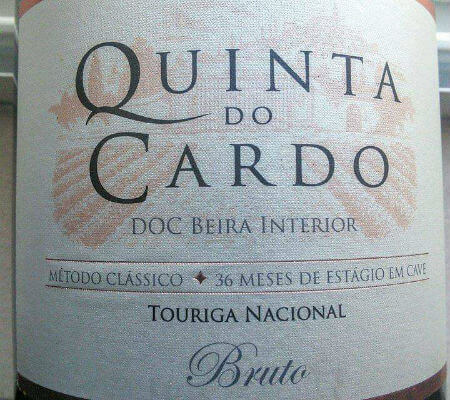
Quinta do Cardo Bruto Touriga Nacional 2010 – Photo by João Pedro de Carvalho | All Rights Reserved
The 2014 harvest sets the date when the range of organic wines in Quinta do Carmo was released. The complete 170.5 acres are now organic. The new Quinta do Cardo Siria 2014 comes from this harvest and has, in a way, been bearing the standard for white wines in the district. It’s a far-famed wine, mostly owed to the unique characteristics it usually features. The label also makes a difference, and we must say that both the new label and the wine feature many beautiful details. A refreshing wine, mineral (flint), of a floral perfume; it feels tense and sturdy, lemon, lime, apple, and lovely freshness. On the mouth, it’s slightly oily in the beginning, but quickly fades into a delicious flavour, coming to a finish of predominantly mineral austerity.
On the other hand, I would also like to highlight the first sparkling wine launched by Quinta do Cardo, Quinta do Cardo Bruto Touriga Nacional 2010, entitled to age in the bottle for 36 months; it saw its first degorgement in July 2014. Strong aromas of strawberry and raspberry, a light floral, and biscuit in a delicate and beautiful atmosphere. A beautiful performance on the mouth, the fruit determining the rhythm with the presence of good acidity, it reveals pleasant dryness in a persistent finish.




